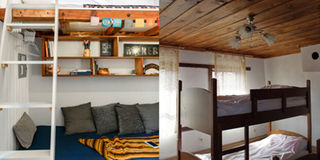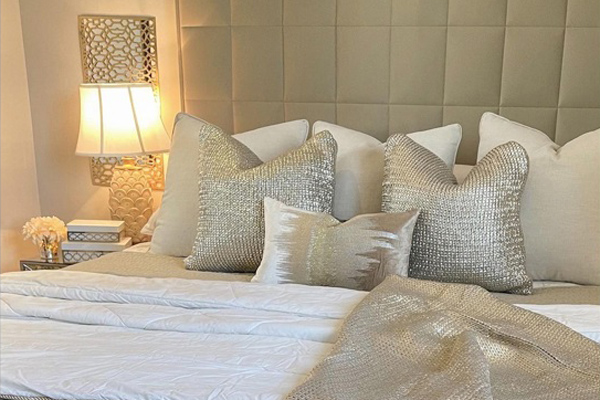Prime
Choosing bunk beds for children’s bedroom

Bunk beds must be safety tested to prevent the bed from falling over. PHOTO/unsplash.com.
What you need to know:
Bunk beds do not only save space but can also offer additional storage and functionality, making the most of the available space in your children’s bedroom.
Many of us associate bunk beds with boarding schools. The reason bunk beds are popular in schools is because of their space saving feature. But who says we cannot have bunk beds that are practical and even luxurious in design in our homes? Bunk beds are a practical solution to limited floor space, and a fantastic use of vertical space. Children tend to find it exciting sleeping while suspended on the top bunker suspension.
However, the wrong bunk can cause difficulties. It is therefore important to know what bunks to buy for various reasons.
Age
Much as children love the top bunk, it might be unsafe for the very young ones who still roll all over their bed in their sleep. Also older children outgrow the excitement of sleeping on a top bunk and consider it uncool.
Only children who are 10 or older should use the top bunk while the younger ones should only sleep on the bottom bunk. Where to place the bunk beds
There are plenty of options when it comes to arranging bunk beds within a room. A lot depends on how much space you have and any specific restrictions within the room such as windows, ceiling heights and in-built closets.
Homeowners with small bedrooms, should put the beds against a wall. For those with generous spaces, consider putting them in the middle of the room or putting two against each wall instead of one.
Type
Finding the perfect bunk bed can be a daunting task. With so many options available, it is vital to consider various factors to ensure you make the right choice.
Standard bunk beds
These are the traditional bunk beds of our boarding school. They are simply two beds stacked on top of each other, with a ladder for access to the top bunk.
Loft beds
This a more refined version of the traditional bunkbed. It is just one bed that is raised to leave open space underneath, which can be used for storage, a desk, or a play area.
Triple bunk beds
As the name suggests, these have three beds. They are ideal for larger families or for accommodating guests.
Cabin bunk beds
These have a lower bed with drawers or storage underneath and an upper bunk. They are ideal for smaller rooms as they provide both sleeping and storage solutions.
Novelty bunk beds
These come in a range of fun designs, including castle-shaped bunk beds and themed beds, such as pirate ships or racing cars. They are perfect for children who want something unique and exciting in their bedrooms.
Design
Bunk beds come in various materials, such as wood metal, and high-quality MDF. The commonest bunk beds are made from metal. They are durable and provide a classic look. Metal bunk beds are lightweight and often more affordable, while high-quality MDF and wooden ones offer a modern and sleek design.
Metallic bunk beds are also resilient, making them the perfect choice for siblings or friends who enjoy sleepovers. Currently, the Ugandan market offers a variety of stylish, practical bunk beds in all sizes and shapes, at affordable prices.
Prices range between Shs800,000 to Shs2m, depending on materials and size. When selecting a design, consider the overall theme of the bedroom and the children’s personal preferences. You can find bunk beds in various colours, such as white, to match the room’s décor.
Whether the top bunk will be used by children or adults, it should have guardrails to prevent accidents.
Another safety feature to consider is a sturdy ladder with non-slip steps and handrails. Bunk beds must be safety tested to prevent the bed from falling over.
Safety
All bunk beds should be safety tested and indicate the minimum weight they can support. Experts also recommend that all bunk bed safety rails should have a height of at least 16 cm higher than the mattress to prevent the possibility of falls. To ensure safety, experts recommend using mattresses that are no more than 15 cm deep on bunk beds, especially on the upper bunk. This allows the side guards to function correctly. The length and width of the mattress should correspond to the bed frame size.




